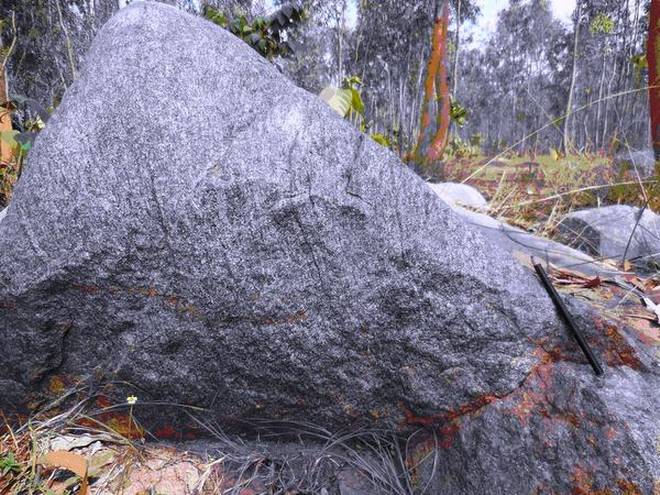Adiscovery of a rock sample eight years ago near Champua, a small town in the Kendujhar district of India’s Odisha state offers fresh clues about the Earth’s origins.
The discovery was made by geologists from Curtin University, Malaysia and the University of Calcutta, India, along with researchers from the Chinese Academy of Geological Sciences in Beijing.
It revealed a grain of magmatic zircon, which is a mineral that contains traces of radioactive isotopes, that is estimated to be 4,240 million years old.
A research paper on the find has been recently published in the Scientific Reports, an online multidisciplinary, open access journal from the publishers of Nature.
Associate Professor Dr Rajat Mazumder, a geologist in the Department of Applied Geology at Curtin University, Malaysia and the corresponding author of the paper, together with Trisrota Chaudhuri, a Ph.D scholar with the University of Calcutta, who is also associated with the Geological Survey of India (GSI), has spent years researching what are known as the Singhbhum rocks of Odisha.
The Singhbhum zircon represented the second oldest rock from which it was derived and the zircon itself was the oldest magmatic zircon on earth, Mazumder said.
.jpg_1527647115.jpg)
“The only instance of zircon older than this discovery was the one found in Jack Hill, Western Australia, which was 4,400 million years old and is the oldest known mineral on earth. However, the Western Australian zircon occurs in metamorphosed sedimentary rock, unlike the Singhbhum one, which was formed from magma and occurs in a metamorphosed igneous rock.
Mazumder and Chaudhuri studied the rock samples at the Geological Studies Unit of the Indian Statistical Institute, Kolkata.
Finding a lab to conduct isotopic analysis proved to be a challenge for the two. After approaching laboratories in Australia, Canada, Germany and the United States without success, they finally turned to the Chinese Academy of Geological Sciences for assistance.
“The machine used is called the sensitive high-resolution ion microprobe (Shrimp). It is not available in India. Dr Yusheng Wan, a senior researcher with the Beijing Shrimp Centre at the Chinese Academy of Geological Sciences, had agreed to analyse four samples (of the rocks) on a collaboration basis,” Mazumder said.
He said the analyses confirmed the presence of two zircon grains that were 4,240 million and 4,030 million years old.



















































